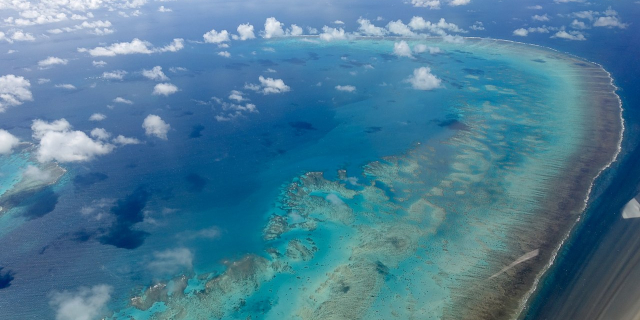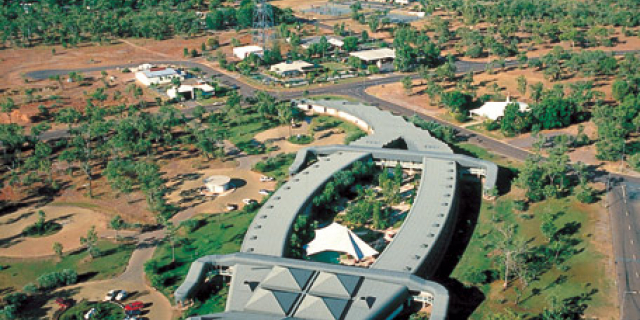Riversleigh World Heritage Area
Riversleigh World Heritage Area is Australia's most famous fossil location, recognised for the series of well preserved fossils deposited from the Late Oligocene to more recent geological periods. The fossiliferous limestone system is located near the Gregory River in the north-west of Queensland, an environment that was once a very wet rainforest that became more arid as the Gondwanan land masses separated and the Australian continent moved north. The approximately 100 square kilometres (39 sq mi) area has fossil remains of ancient mammals, birds, and reptiles of the Oligocene and Miocene ages, many of which were discovered and are only known from the Riversleigh area; the species that have occurred there are known as the Riversleigh fauna.
The fossils at Riversleigh are unusual because they are found in soft freshwater limestone which has not been compacted. This means the animal remains retain their three-dimensional structure, rather ...Read more
Riversleigh World Heritage Area is Australia's most famous fossil location, recognised for the series of well preserved fossils deposited from the Late Oligocene to more recent geological periods. The fossiliferous limestone system is located near the Gregory River in the north-west of Queensland, an environment that was once a very wet rainforest that became more arid as the Gondwanan land masses separated and the Australian continent moved north. The approximately 100 square kilometres (39 sq mi) area has fossil remains of ancient mammals, birds, and reptiles of the Oligocene and Miocene ages, many of which were discovered and are only known from the Riversleigh area; the species that have occurred there are known as the Riversleigh fauna.
The fossils at Riversleigh are unusual because they are found in soft freshwater limestone which has not been compacted. This means the animal remains retain their three-dimensional structure, rather than being partially crushed like in most fossil sites. The area is located within the catchment of the Gregory River. Many of the fossil sites were crevices and limestone caves created by the action of large amounts of water on the karst formation, creating pitfall traps and feeding spots for predators which periodically and perhaps suddenly became covered and preserved; these conditions are responsible for the large assemblages of fossilised bats whose guano helped to conserve the remains of themselves and others.
Fossils were first noted to exist in the area in 1901. An initial exploration survey was conducted in 1963. Since 1976, the area has been the subject of systemic exploration. The site was co-listed with the Naracoorte Caves National Park in South Australia as a World Heritage Site in 1994, and by itself, it is an extension of the Boodjamulla National Park.















Add new comment